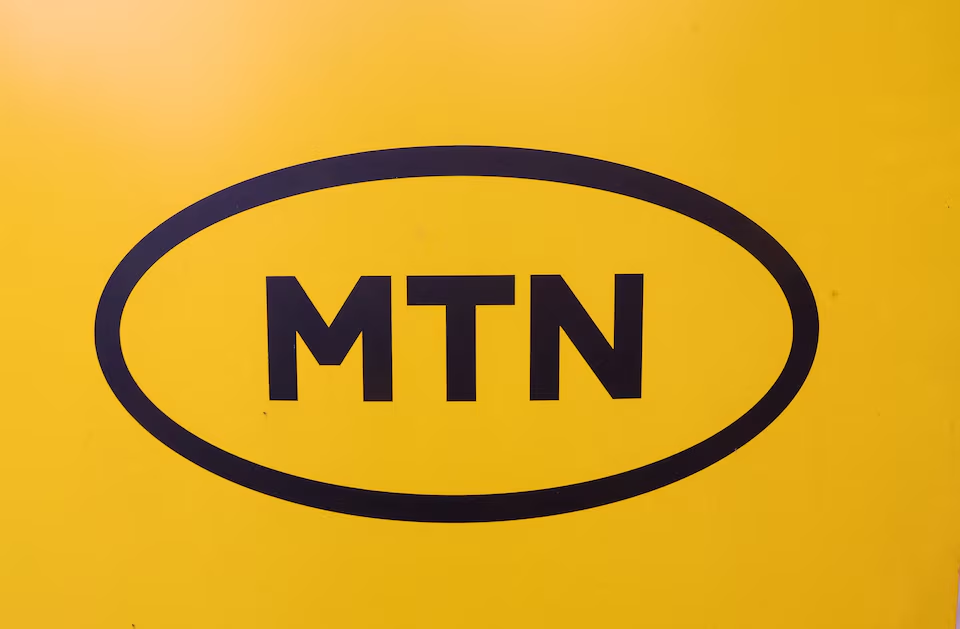Huawei unveiled its latest premium smartphone, P20, which sees further adoption of the company’s artificial intelligence (AI) technology, accompanied by a Pro version which made the headlines for its triple camera set-up.
Richard Yu, CEO of Huawei’s Consumer Business Group (pictured), said the reason for the use of P20 brand rather than P11 was because of the “big jump and new technologies”, although in many ways the device is a fairly standard upgrade over 2017’s P10.
The larger device has also become Pro rather than Plus, he said, because “this time we are introducing professional camera technologies” into the smartphone. Yu pointed out the Huawei brand on the rear of the device is now vertical rather than horizontal, so it is the right way around when used in landscape mode – the orientation for traditional cameras.
Camera and AI
Dual camera smartphones have fallen into one of two camps: RGB paired with monochrome sensor, as Huawei has used, or standard and telephoto lenses, as supported by Apple’s iPhone X.
P20 Pro mixes this up, with a 40MP RGB sensor, 20MP monochrome sensor, and 8MP sensor with telephoto lens.
Developed in partnership again with Leica, the smartphone features an “exclusive Leica colour temperature sensor for better colour reproduction” and a new Leica 3x telephoto lens for long-range photography.
The standard P20 continues the model used with Huawei’s earlier dual-camera smartphones, with 12MP colour and 20MP monochrome sensors.
Huawei said the devices achieve DxOMark scores of 109 (P20 Pro) and 102 (P20), putting them ahead of Xiaomi’s Mi Mix 2S – announced earlier on the same day.
The devices are powered by Huawei’s Kirin 970 chip, which includes an AI-focused neural processing unit. As with earlier devices, such as the Mate 10 and Honor View 10, this enables automatic scene selection, with the addition of AI image stabilisation, to steady night shots without a tripod.
New to the camera is 4D predictive focus, calculating moving objects and focusing on them to capture detail, and P20 also features AI-assisted composition, providing intelligent suggestions to frame group shots and landscapes.
Both P20 and P20 Pro feature a 24MP selfie camera, with “AI beautification” and 3D portrait lighting.
Design and performance
The P20 sees the screen size creeping up: while the P10 had a 5.1-inch display, P20 offers a 5.8-inch full HD+ display. Similarly, the P10 Plus featured a 5.5-inch screen, which compares with the 6.1-inch P20 Pro.
Huawei also adopted a “notch” similar to Apple’s iPhone X, although Yu pointed out it is smaller, so more space is available for on-screen notifications.
The AI features have also been extended to the audio: in partnership with Dolby, the device detects the type of audio being listened to in order to optimize performance, and the AI can also distinguish between voice and background sound to cancel out unnecessary noise.
And the smartphone also features AI-driven power management.
The device has ultra-thin bezels and “impressive screen-to-body ratios” for better viewing experiences. The smartphone comes in black, midnight blue, and “two all-new gradient colors”, twilight and pink gold, which create “vivid, yet gradual” changes of hue.
A front-mounted fingerprint scanner can also be used to fill the same role as the three on-screen buttons on Android devices, and are designed to simplify unlock and navigation while freeing-up space on the display.
Pricing for P20 starts at €649 in 4GB RAM, 128GB storage configuration, with P20 Pro at €899 with 6GB of RAM and 128GB of storage.
Porsche Design
Also announced was Porsche Design Huawei Mate RS, designed in partnership with the “exclusive luxury brand”, with pricing starting at €1,695.
This device shares many of the technologies of P20 Pro, including the triple camera, but features an in-display fingerprint sensor on the front (in addition to rear-mounted scanner) and 6-inch curved 2K display.
Source: Mobile World Live






